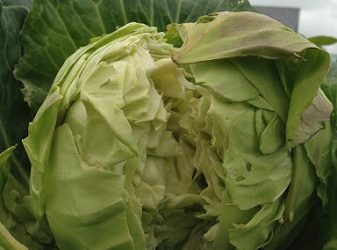A Crop scout to check your lands.

Crop scouting, or determining if pests are in your crops, is a major part of any pest control programme. Unless you have a good knowledge of pests and their life-cycles, it makes sense to employ a professional crop scout. It is well worth the cost.
A crop scout will examine your crop to establish: what pest insects and diseases occur; what beneficial insects are in the vicinity; and the general health of the crop. From this, you can decide on the best course of action to take.
Before a scout begins working on the land, he will send you a ‘field history form’. On this, you record the history of the land in question – pesticides used, nutrient problems, soil type, drainage, fertilizers used, soil test results, crops planted, crop variety, crop yield, past pest/disease problems, tillage and so forth. This information will help the scout to understand the current state of the land and assist with disease diagnosis and treatment.
Why use a crop scout?
The scout samples plants at random on the land, usually in a zigzag, M- or V-shaped configuration, to determine the pests that are present, the stage of their life-cycle, and their population size. He also checks for diseases and how far these have advanced. He might notice, for example, that there are a few aphids on some plants in the corner of the land, but not in numbers that pose a threat to the crop because they are being kept under control by natural predators.
He would therefore suggest that you postpone spraying. He would then help you to monitor the aphids’ population level and spread. If the numbers increase significantly, the scout will tell you exactly when and where to spray. It should not be necessary to treat the entire crop. This will save on the cost of insecticide and help to avoid the danger of pesticide resistance. It will also preserve the predators that may be keeping the pest under control in other parts of the land.
Crop scouting generally takes place once a week, but this can vary according to the crop grown, the stage of growth, the perceived pest threat, and weather conditions. In the course of my work, I monitor maize weekly until pollination is complete; thereafter I visit the farm once every 10 to 12 days. At this point, the pest population level should be low enough to present no threat.
Better planning
A scout should provide the farmer with a weekly report on pests and the crop, even if no pests or diseases have been found. From this, an action plan can be formulated. These reports allow the farmer to predict possible problems the following season, long before they develop, and act to prevent them.


